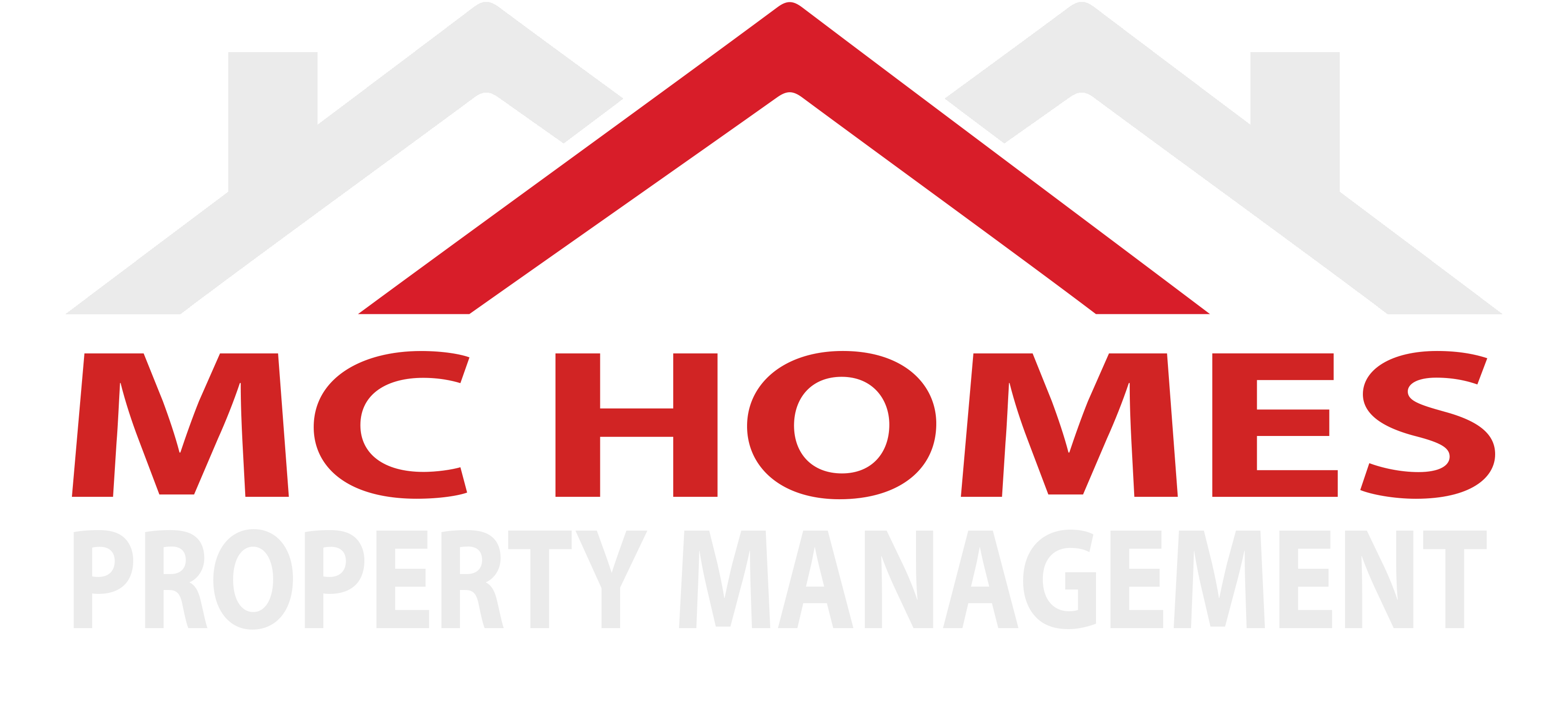HOA, COA & POA: Unraveling the Distinctions

Introduction: When it comes to community living, various terms like HOA (Homeowners’ Association), COA (Condominium Owners’ Association), and POA (Property Owners’ Association) often arise. These terms may seem similar, but they represent different types of associations with distinct purposes and responsibilities. In this article, we will explore high SEO search keywords related to HOA, COA, and POA, and shed light on the differences among them to help homeowners and prospective residents better understand their unique characteristics.
- Homeowners’ Association (HOA): a. Definition and Scope:
- HOAs typically govern single-family homes within a specific community or neighborhood.
- They establish and enforce rules, known as covenants, conditions, and restrictions (CC&Rs), to maintain property values and preserve the community’s aesthetics.
b. Membership and Governance:
- Homeowners are automatic members of the HOA upon purchasing property within the community.
- HOAs are managed by a board of directors, elected by the homeowners, who make decisions regarding finances, rule enforcement, and community initiatives.
c. Responsibilities:
- HOAs manage and maintain common areas and amenities such as parks, swimming pools, and clubhouse facilities.
- They enforce architectural guidelines and landscaping standards to ensure a cohesive look throughout the community.
- HOAs collect dues or assessments from homeowners to fund maintenance, repairs, and community projects.
- Condominium Owners’ Association (COA): a. Definition and Scope:
- COAs govern condominium buildings or complexes, where individual units are owned by residents and common areas are shared.
- They oversee the management, maintenance, and overall well-being of the condominium community.
b. Membership and Governance:
- Condominium owners automatically become members of the COA upon purchasing a unit within the complex.
- Similar to HOAs, COAs are managed by a board of directors elected by the unit owners, responsible for decision-making and enforcing rules.
c. Responsibilities:
- COAs maintain and repair common areas such as lobbies, elevators, hallways, and exterior elements of the building or complex.
- They oversee the management of shared amenities like fitness centers, parking areas, and common recreational spaces.
- COAs collect monthly maintenance fees from unit owners to cover expenses related to maintenance, insurance, and reserve funds.
- Property Owners’ Association (POA): a. Definition and Scope:
- POAs are typically established in larger developments, including both residential and commercial properties.
- They govern a broader range of properties, which can include single-family homes, condominiums, townhouses, and commercial spaces.
b. Membership and Governance:
- Property owners become members of the POA upon purchasing property within the development, regardless of the property type.
- POAs are managed by a board of directors elected by the property owners, responsible for making decisions and overseeing community affairs.
c. Responsibilities:
- POAs provide services and maintenance for common areas, facilities, and shared amenities within the development.
- They enforce rules and regulations to ensure compliance and maintain community standards.
- POAs collect assessments or fees from property owners to fund the operation, maintenance, and improvement of the development.
Conclusion: Understanding the differences between HOA, COA, and POA is essential for homeowners and prospective residents to grasp the distinct roles and responsibilities of these associations. While HOAs focus on single-family homes, COAs oversee condominium complexes, and POAs govern diverse property types within larger developments. By comprehending these differences, individuals can better navigate the rules, financial obligations, and benefits associated with their specific community type, ensuring a harmonious living experience within their chosen neighborhood or development.


Comments are closed